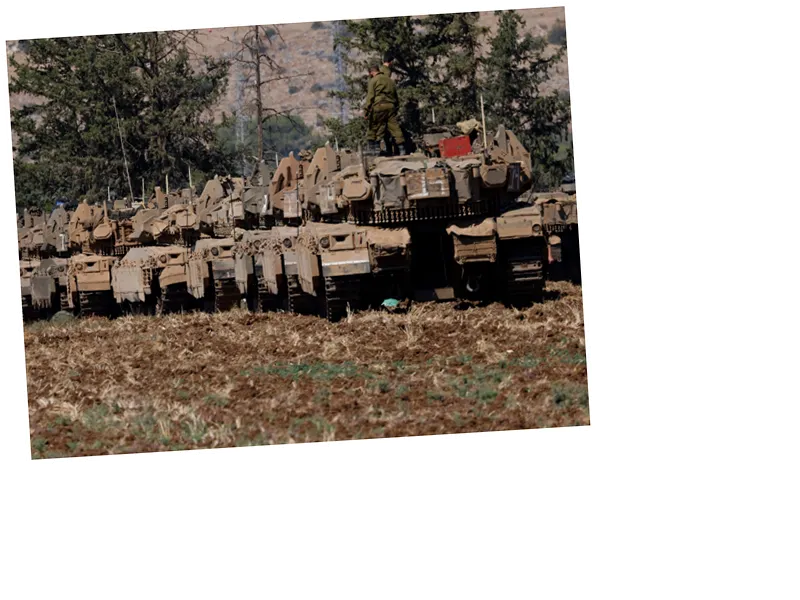Understanding the Role of Home Front Command in Israel's Emergency Management
The Home Front Command (HFC) of Israel, a crucial military branch established in 1992, plays a pivotal role in ensuring civilian safety during emergencies and conflicts. Its formation was a direct response to the inadequacies exposed during the Second Gulf War, particularly regarding civilian defense mechanisms. The HFC’s primary mission is to save lives and bolster the resilience of Israeli civilians, especially in times of war.
The command operates under the Israeli Defense Forces (IDF) and is responsible for training civilians in emergency preparedness, coordinating with various organizations like the Israel Police and Magen David Adom. With a structure that includes specialized units such as the Search and Rescue Brigade and the Technology and Innovation Unit, the HFC is equipped to handle diverse emergency scenarios. The command's headquarters is located in Ramla, supported by 65,000 reserve soldiers ready for activation at any moment.
Key Achievements and Challenges Faced by Home Front Command
One of the HFC's notable successes has been the retrofitting of civilian buildings with fortified rooms, providing essential protection against both conventional and chemical threats. Additionally, the command has developed advanced technologies for early warning systems, ensuring that civilians receive timely alerts about potential dangers.
However, the HFC has faced significant challenges, particularly highlighted during the 2006 Lebanon War, where its operational capabilities were put to the test. The war underscored the need for improved coordination and support for civilians, as many residents in border areas faced severe hardships, including displacement and inadequate protection. The lessons learned from such conflicts continue to shape the HFC's strategies and operational readiness, emphasizing the importance of preparedness and effective communication with local authorities.





